Metalizz is an innovative company which, in the true avant-garde spirit, is always looking to push back the boundaries of what is possible with regard to post-processing and the finishing of polymer parts, Its know-how allows it to evolve and develop on the international scene.
Être à l’écoute des clients, s’adapter aux tendances novatrices tout en s’appuyant sur l’expérience c’est savoir profiter des changements et les transformer en opportunités : cela relève d’une attitude entrepreneuriale essentielle.
It is this mixture of innovation and experience which forges the very essence of Metalizz' solutions and know-how.
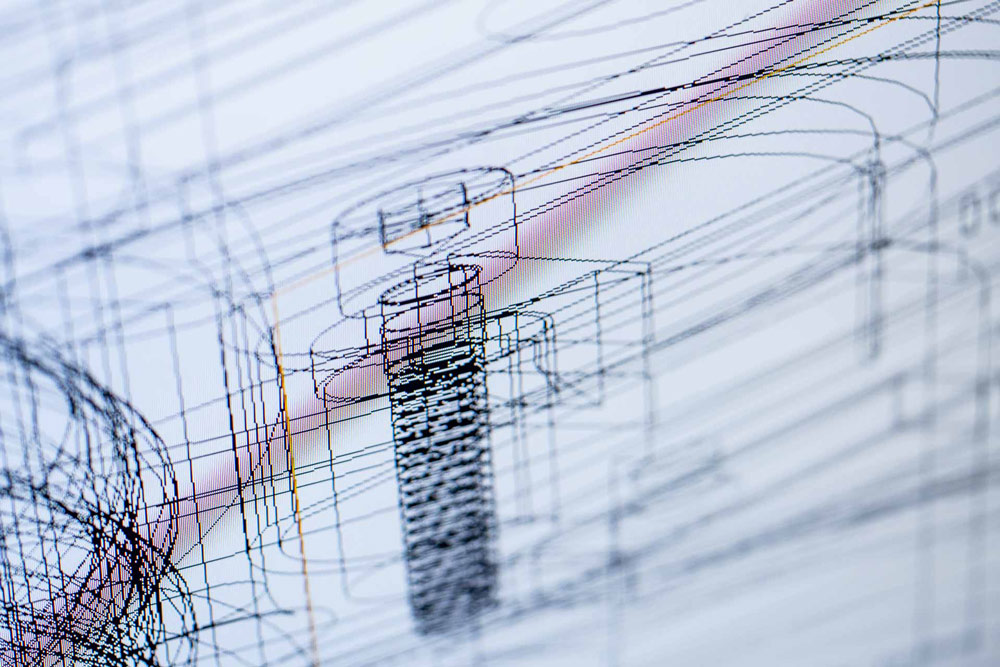
Innovation is a performance lever and evidence of the sustainability of your company.
Metalizz is one of those rare companies which have mastered both the surface treatment of polymers and metallization of plastic parts..
We carry out preliminary studies to enable you to identify and qualify the range of surface treatments appropriate to your specifications.
Our engineering design department offers you its expertise in the following areas:
Surface treatment of plastics (preparation, cleaning, activation),
Corona & Plasma treatment (adhesion),
Improving the surface finish (smoothing, sealing, roughness),
Conductivity and EMC shielding,
Chemical metallic coatings, metallization by electrodeposition, electroplating, Ni, Ag, Cu, Au etc. electroforming,
Finishes and decoration (paints and varnishes for appearance and protection, translucent, coloured, gloss, matt, satin, with metallised effect, etc.),
Curing of paints and varnishes by UV and infra-red.
In our Test Centre, we carry out tests to assess:
We have carried out a number of surface treatment studies on plastic materials for customers in the world of cosmetics, luxury goods, leather goods or for the aeronautics and aerospace industries.
We are able to identify and qualify the surface treatment ranges needed for application to various types of polymers.
Our experience and know-how in material engineering and chemical metallization allows us to adapt to your needs. Whether for aesthetic or functional prototyping or production of serial parts, we are at your side.
We are committed to participating in the innovation of our customers. We are proud to support you in the search for suitable and efficient solutions.
3D printing, or additive manufacturing, has over the years become a reliable manufacturing method used in various industrial areas.
There are numerous benefits.
Thanks to the design freedoms it offers, 3D printing frees the creativity of designers. It also accelerates the marketing of your products by producing realistic and functional prototypes. It is now open to mass production, while reducing delays and limiting manufacturing costs.
From prototype to large production runs, additive manufacturing has become essential through various technologies such as FFF, stereolithography, selective laser sintering or silicon printing, Polyjet, DLP and Multi Jet Fusion. Changing the format, geometry and design has never been so easy..
And let's not forget the arrival of metal 3D printing qui bouleversera sûrement dans les années à venir les méthodes de fabrication actuelles.
Until we can get high quality 3D printed metal parts at a reasonable cost: Metalizz offers solutions for giving metallic lustre to 3D printed plastic parts via the chemical metallization process Utility Silver Layer.
If additive manufacturing has many advantages, there is still a downside. The various and varied stages of post-processing, often complex, time-consuming and costly.
Post-processing and finishing 3D-printed parts still currently represents a major proportion of the manual work needed for their manufacture. Depending on the application, these steps can represent between 30% and 60% of the total cost.
With its innovative processes, Metalizz shortens these processes.
Whether from additive manufacturing or traditional processes, plastic parts require specific treatments to meet customer expectations. The raw surface states must be reworked through different post-treatment solutions to obtain the desired finish (aesthetic or functional).
Cleaning and decontamination, surface activation and smoothing of polymer parts are all processes which must be mastered in order to successfully enhance 3D-printed parts with high-quality decoration and finishes, such as metallization.
Making metal adhere to a plastic is a difficult step and one which in certain cases is impossible. The physico-chemical characteristics of polymer surfaces are not, in most cases, compatible with metallization processes without an activation operation on the surface being carried out beforehand to allow the metal deposit to adhere at atomic level. Surface activation requires systematic cleaning beforehand in order to remove any contaminants which could adversely affect the subsequent activation step.
In most cases, activation consists of grafting chemical elements onto the polymer surface (ligands) which subsequently generate covalent links with the metallic layers. Micro topological modifications of the surface also increase the specific surface areas of the polymers and increase the cohesion forces between the substrate and the metal deposit. The specific surface area is of major importance for phenomena which make use of surface adsorption and absorption.
CLEANING & DECONTAMINATION + INCREASE OF SURFACE AREA + ACTIVATION =
ADHESION OF METALLIC DEPOSIT
ADHESION OF ORGANIC DEPOSIT
The combination of these three functions results in sufficient levels of adherence. It is between polymers, metal layers, organic finishes, like paints and varnishes that everything is at stake.
Metalizz has mastered all polymer surface treatments and has acquired a vast amount of rare experience in the area of metallic and organic deposits.
For the activation phase, we use technologies known as landfills corona on the surface of polymers. Most importantly, we are able to implement advanced and innovative processes using low pressure plasma with a multitude of precursor gases via automated sequences.
What's special about us? We know how to adapt these gases to the chemical composition of the polymers.
Concerning the increase of the specific area. We master automated sanding solutions with various experienced and validated media. They can be mixed according to the characteristics of the substrates to be treated.
Lastly, we are developing our own chemical metallization solutions to meet the specificities of polymers and manufacturing techniques. This allows us to obtain the best possible result in terms of adhesion, thus performance over time, for your applications.
This unique mix of know-how is at the heart of the solutions we offer. We know how to adapt them to your projects through specific studies.
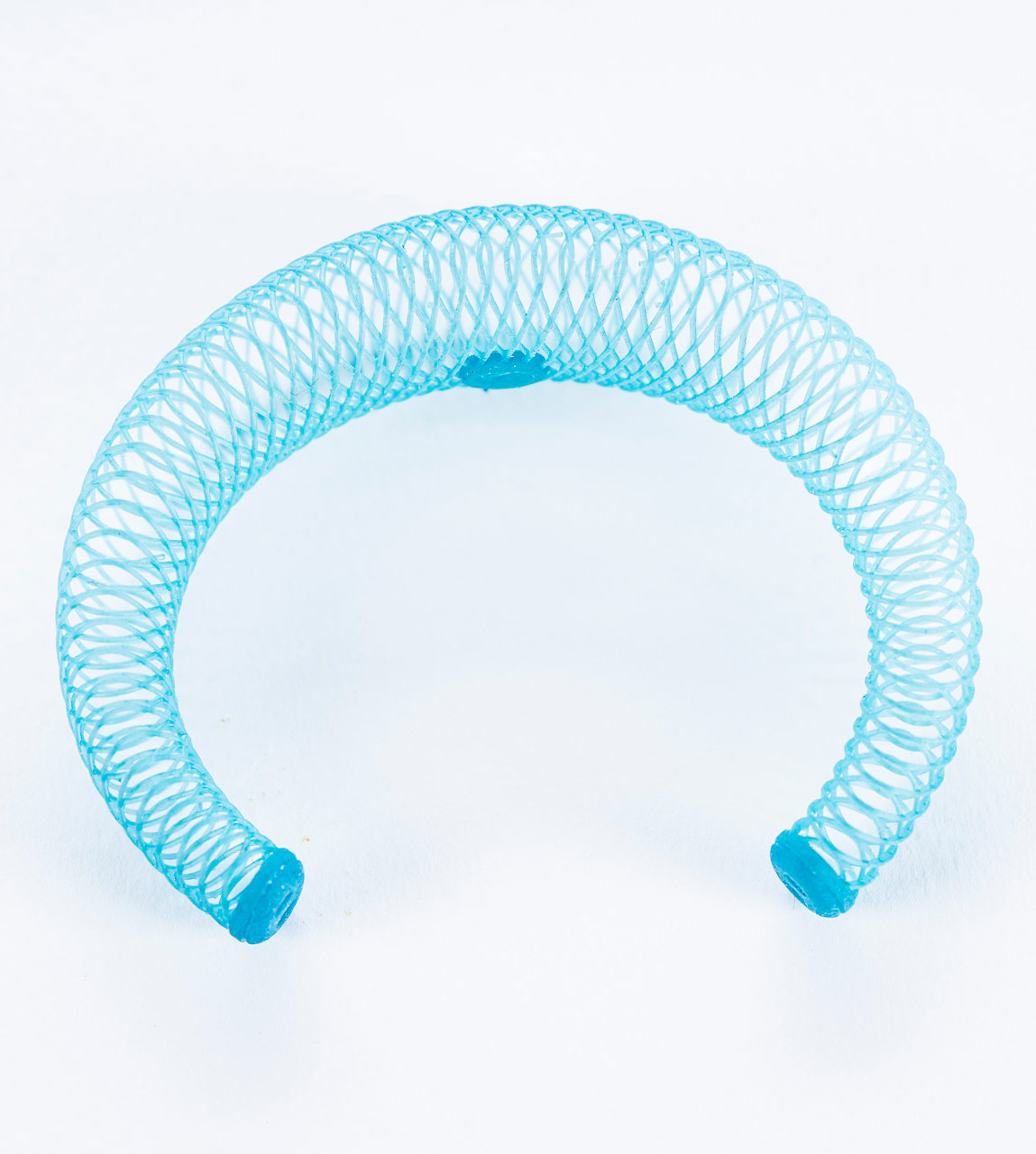
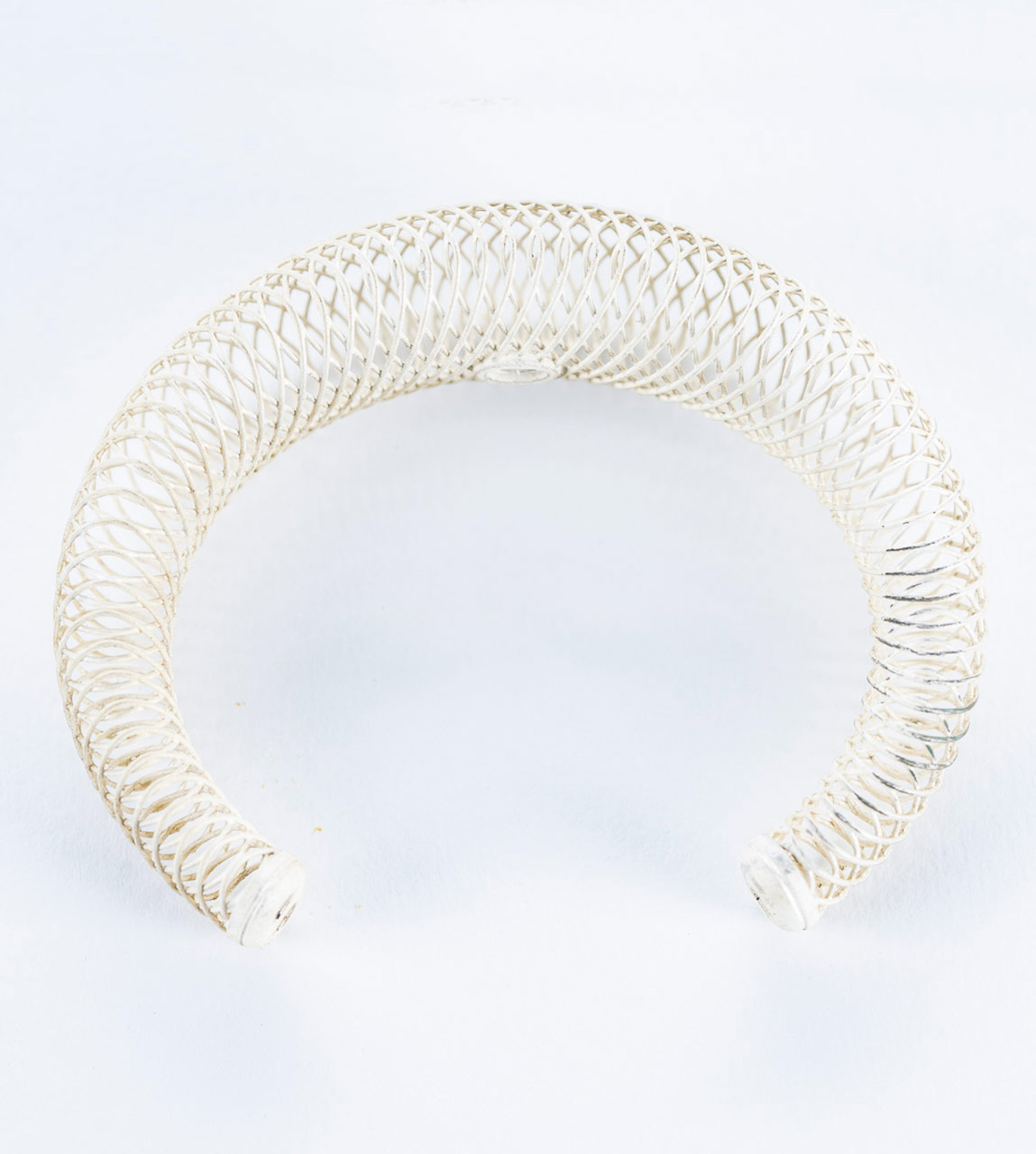
The chemical metallization processes developed by Metalizz make it possible to:
It is by studying the requirements of those involved in the 3D printing sector that we have decided to develop chemical metallization solutions suited to their requirements.
Une fois vos pièces plastiques traitées avec le procédé Utility Silver Layer. Vous pourrez les passer dans les bains de métallisation électrolytique. Ils permettent de déposer de quelques microns à plusieurs millimètres d’épaisseur de métal. Ils répondront ainsi à de nombreux besoins à la fois esthétiques et fonctionnels.
Although the aesthetic properties que la métallisation confère aux pièces plastiques sont connues et indéniables (brillance, éclat, effet miroir, rendu satiné, brossé…). Son autre atout l’est moins : simulating the weight and cold touch of metal, même avec un dépôt très fin. Cet aspect sensoriel très recherché. Notamment pour des applications de parfumerie où la densité des produits est synonyme de qualité perçue.
As to the caractéristiques fonctionnelles. Le dépôt de métal renforce les propriétés mécaniques des pièces et leur donne également des propriétés techniques tel que le EMI shielding.
Lastly, la métallisation de pièces polymères est également une solution de substitution de l’impression 3D métal. Elle vous permet de vous affranchir de ses contraintes et de ses coûts.
By adopting metallization, you will be a pioneer in your field of activity by making plastic parts in metal finish. With the speed of additive manufacturing, you will benefit from the lowest polymer costs.
Everything you print in 3D can be coated with metal, regardless of the design, geometry or complexity of the piece. Like any injected or made of zamak.
So, widen your perspective and convert your production to obtain finished ready-to-use products and not just prototypes!
Or to validate an idea, carry out a feasibility study or carry out consumer tests? Prototypes and mock-ups are essential in the lifecycle of a product.
With ultra-realistic models, you can accelerate customers' decision-making processes and steal a march over your competitors..
To turn designs into reality and convert raw parts into finished products, a number of finishing steps are needed in order to obtain the rendering required: smoothing, decoration, protection.
The choice of a finish or an embellishment certainly expresses the desire to stand out but above all creates a real emotional impact both by appearance and feel..
Combine polymer 3D printing and our finishing processes such as LOOK LIKE CHROMIUM® and enhance your parts.
Whether for a collection validation, a customer presentation, a show or an event, or the manufacture of limited series. The possibilities are endless.
Translucent gloss varnish, matt, opaque, coloured, metal, satin or soft touch effect - you choose!
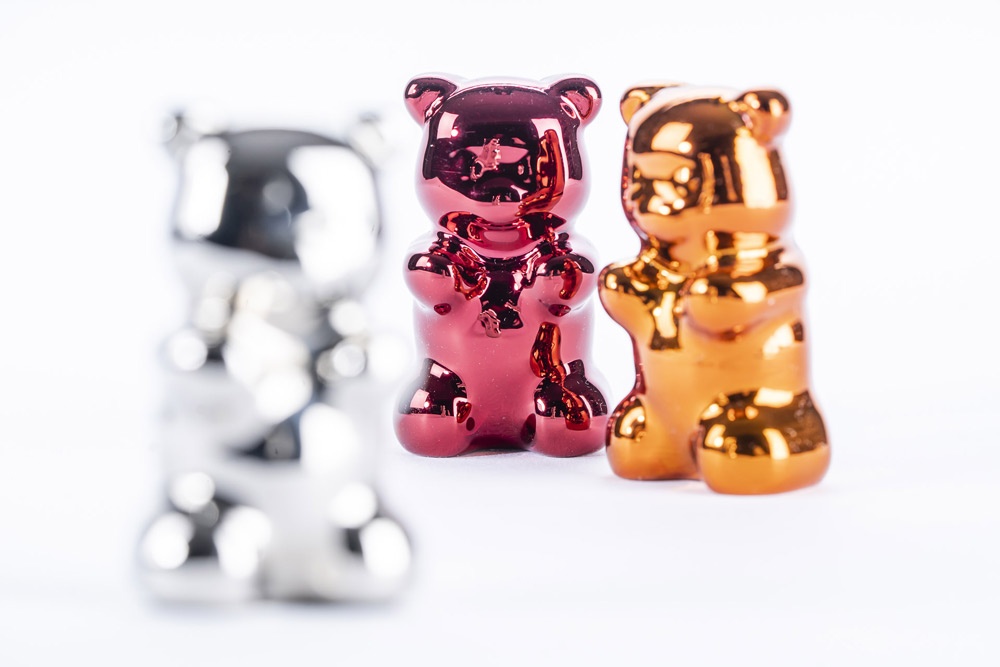
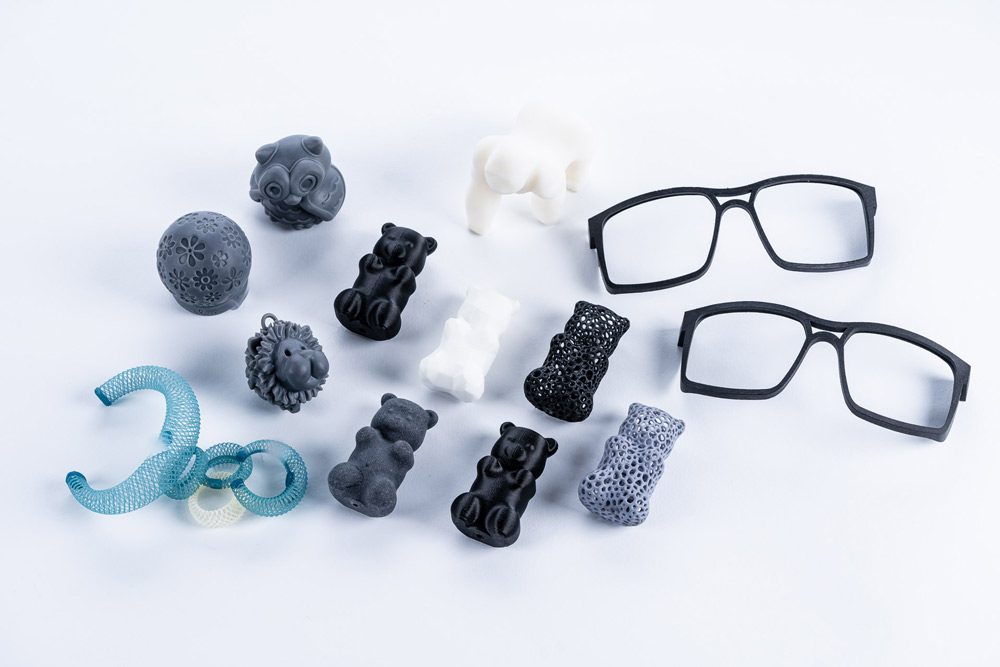
Almost every week, the additive manufacturing field comes up with a new material with sometimes totally new properties.
The range of plastics currently available is already vast:
So, how can you get an idea of what is possible faced with this plethora of materials and technologies?
Whether it’s FDM, SLA, DLP, SLS and proprietary processes such as MJF, MJP, CLIP and other acronyms, we stay on standby. In addition, we regularly test additive manufacturing best-sellers to verify their compatibility with our processes.
From cleaning through smoothing and metallization to varnishing, we scrutinize, examine and study materials from every angle. Finally, we submit them to numerous qualification tests: moisture recovery, wettability, metallization skills, chemical resistance to solvents, mechanical or physico-chemical treatments, etc. The list is long!


ALTAIR CONSULTING SA
Chemin du Pont-du-Centenaire 109,
Bâtiment C 2ème, CH-1228 Plan-les-Ouates, Suisse
PROCESSES → Cleaner | Utility Silver Layer | MiM | Look Like Chromium® | Fara D Layer® | Crystal Reflex® SOLUTIONS → Uscleaner | Smoothit | Metalfog
© COPYRIGHT 2021 | Legal notices | Crédit photos : @Cyril-Crespeau
